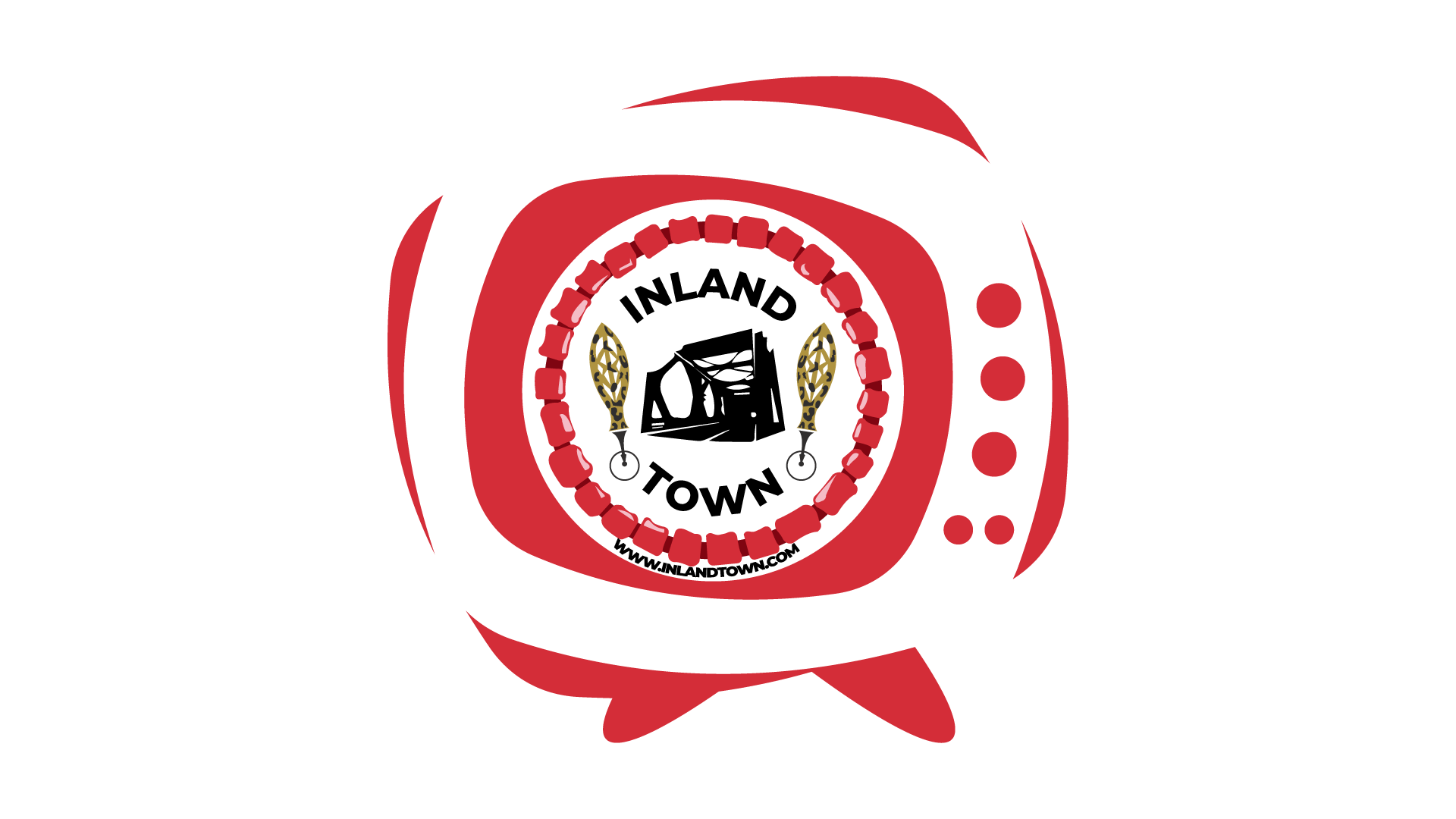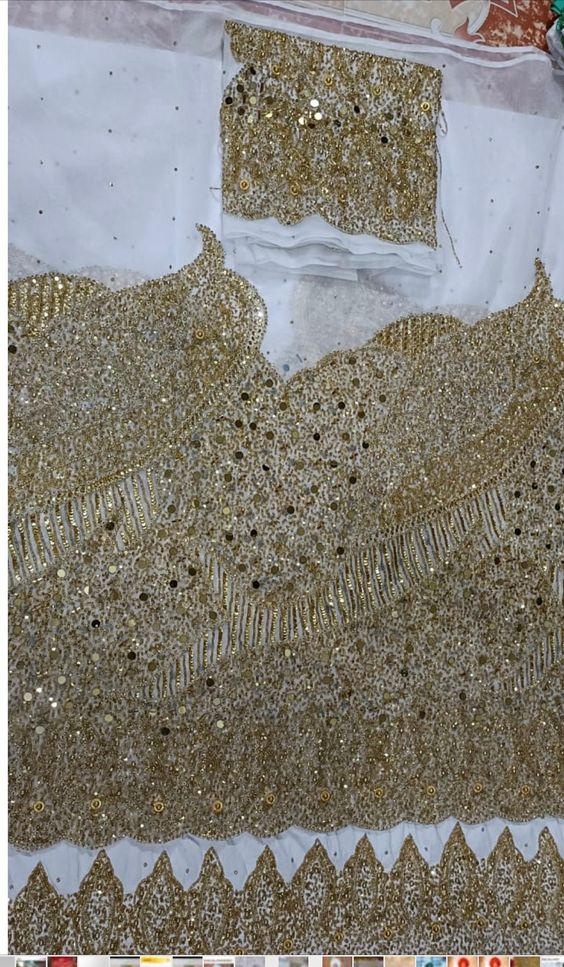In an era defined by rapid technological advancements and changing cultural landscapes, the preservation of traditional art forms takes on new significance.
Among the vibrant cultures of Nigeria, the Igbo people have a rich textile heritage that has endured for centuries. These textiles are not mere fabrics; they are a repository of history, identity, and creativity.
Yet, as the modern world marches forward, how do the Igbo people ensure that their traditional textiles remain a vital part of their cultural tapestry?
This article explores the efforts and challenges of keeping traditional Igbo textiles alive in the modern world.
To understand the significance of Igbo textiles, one must embark on a journey through time. The art of weaving and dyeing is deeply rooted in Igbo culture, and these textiles are not just objects but living expressions of tradition. They carry stories, symbols, and a sense of history that connects the present to the past.
However, modernization poses a significant challenge to the preservation of traditional Igbo textiles. As Western-style clothing becomes more prevalent, and the global fashion industry exerts its influence, traditional garments risk being relegated to special occasions and cultural ceremonies. Younger generations are often more inclined toward contemporary fashion, which can lead to a disconnect from their textile heritage.
How Then Can We Preserve Igbo Textiles In This Western World?
One key strategy in preserving Igbo textiles is through education. Museums, cultural institutions, and schools play a vital role in imparting knowledge about these art forms. By teaching the younger generation about the history, significance, and techniques involved in Igbo textile production, a sense of pride and appreciation can be cultivated. Workshops and classes that teach weaving and dyeing skills can reignite interest in the traditional crafts.
Another essential element in the preservation of Igbo textiles is Adaptation. While honoring tradition, artisans are finding ways to incorporate modern tastes and preferences into their creations. This fusion of old and new attracts a wider audience, including those who may not have been initially drawn to traditional textiles. It demonstrates that these art forms are not relics of the past but living traditions that can evolve with the times.
However, providing support to local artisans and industries is crucial in ensuring the survival of traditional Igbo textiles. Government initiatives, as well as private sector partnerships, can provide funding, resources, and markets for these artisans. By creating economic opportunities and recognition for their work, artisans are more likely to continue their craft and pass it on to future generations.
Nonetheless, the preservation of Igbo textiles is about preserving cultural identity. These textiles are more than just garments; they are threads that connect individuals to their roots, to their ancestors, and to the unique spirit of the Igbo people. In a rapidly changing world, maintaining this connection is essential for a sense of belonging and cultural continuity.
As the Igbo people navigate the complexities of the 21st century, they do so with the knowledge that their traditional textiles are not relics of the past but vibrant threads that weave together their past, present, and future.


